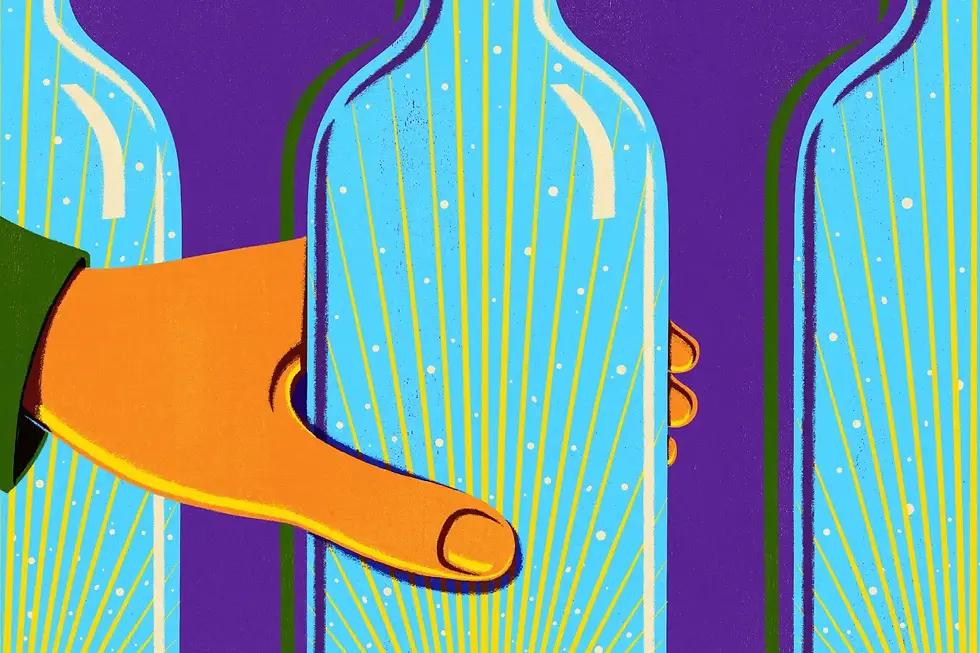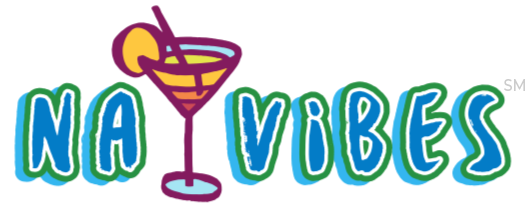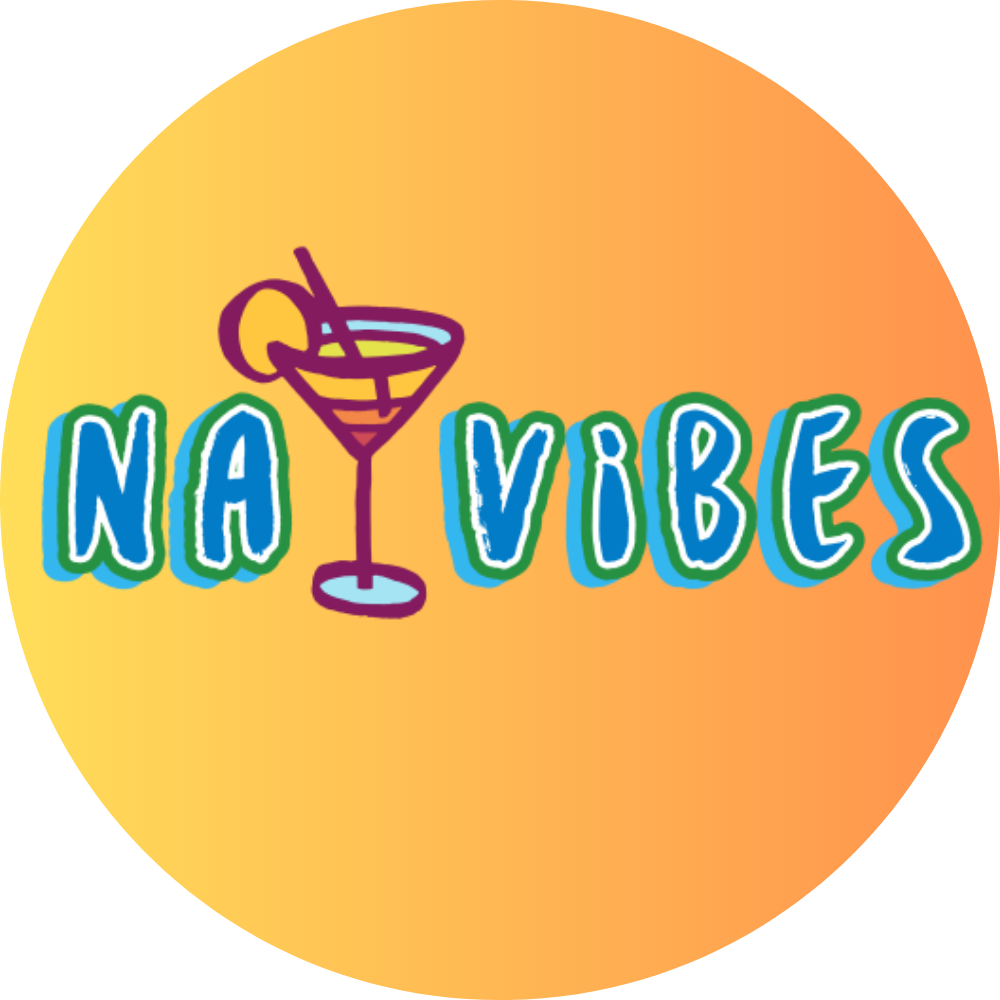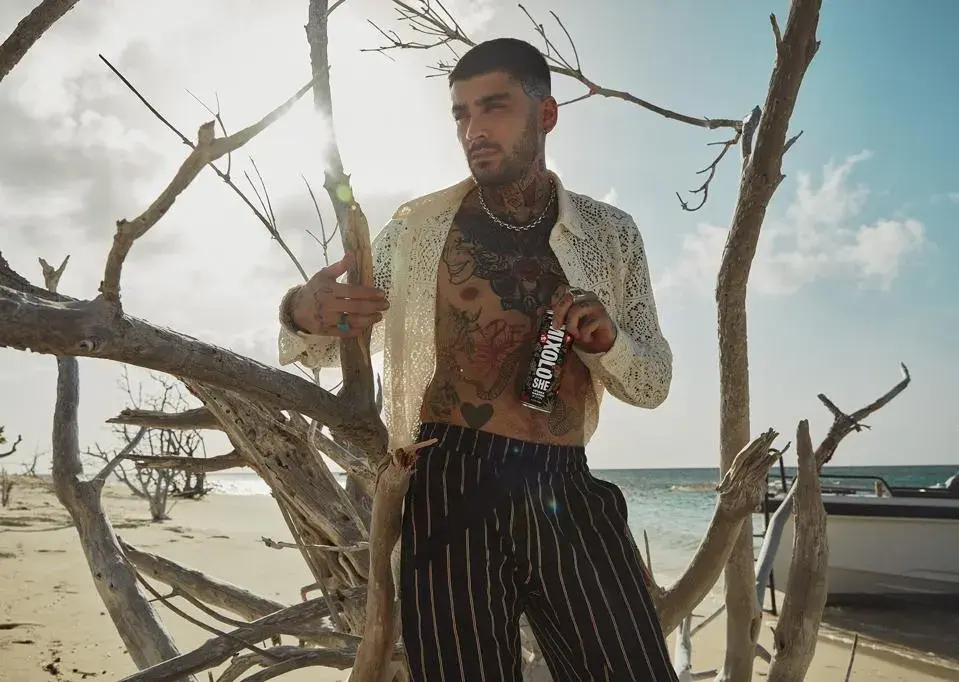Inside the new temperance
- Joel Stoner

- Nov 10, 2022
- 4 min read
Americans are drinking less alcohol. These ‘bars’ are counting on it.
By Fendi Wang for The Deseret. Nov 10, 2022, 2:26pm PST
The bar of the future might look like Temperance Bar, a zero-proof speakeasy on San Francisco’s western fringe. It’s tucked among modern townhomes and apartments, inside a neighborhood deli about a block from the ocean and not far from Golden Gate Park. Inside, past a couch and the counter, an “Employees Only” door leads guests in-the-know to a dimly lit room where ambient music plays and colorful bottles and specialized glassware wait behind a long wooden countertop. I pull up a stool and study a menu that offers not a drop of alcohol.
There are no clocks, as is customary in such an establishment. The idea is to lose oneself in the moment, taking a break from the stresses of everyday life. It is late in the afternoon, though daylight does not penetrate the drawn blinds, but I can imagine groups of friends gathering as night falls and catching up on their lives. Many Americans rely on the effects of beer or spirits to relax with one another, but these days, more of us are getting straight to the point. Still, it’s nice to have a space and something nice to sip on while we do.

I choose a concoction called the Livener. The bartender mixes an elixir of apple cider vinegar, black carrot concentrate, pomegranate molasses, cayenne pepper and English beet sugar with sparkling water in a fancy glass. Joshua James, a scruffy 40-year-old with beach-bro vibes, owns and operates the place. “This one is a pick-me-up,” he says. The first sip is pungent but refreshing.
The same could be said for the concept of a bar without booze, especially for the younger generations. Gen Z and millennials are tempering their alcohol consumption, partly as a reaction to the pandemic — adults drank 14 percent more often in 2020, according to a report by the American Medical Association — but also because of a growing cultural emphasis on wellness and individualism. And the market is responding, developing tasty and sophisticated alternatives that go far beyond a soda or a flavored seltzer. Still, we don’t necessarily want to give up the social benefits of a gathering place.
James is not the only one banking on it.
America has had a long and winding relationship with alcohol. There’s an apocryphal story that the pilgrims landed at Plymouth Rock, short of the Hudson River, because they were running out of beer aboard the Mayflower to sustain the sailors for the duration of their intended journey. What we do know is fact: there was more beer on the vessel than water, which, at that time, was a suspect beverage, germy and unfiltered.
That may have been a contributing factor in the early 1800s, when America’s drinking habit reached its peak. Historians estimate that the average adult at that time drank the equivalent of seven gallons a year. A century later, on the eve of the Prohibition era, that volume fell below two gallons a year. In 1919, the 18th Amendment to the Constitution banned the manufacture, transportation, sale and consumption of alcohol in the U.S. Still, we know that didn’t stop people from drinking. Fourteen years and three amendments later, that ban was repealed.
Alcohol consumption has been up and down ever since, along with pushback to associated societal ills like drunk driving and domestic violence. But drinking has been on the rise since the aughts and spiked again during the Covid-19 pandemic — particularly the lockdown stage — exceeding pre-Prohibition levels. This time, it was driven largely by women. A study by the National Institute on Alcohol Abuse and Alcoholism found that alcohol-related deaths for women jumped 85 percent between 1999 and 2017. In 2020, the National Institute on Alcohol Abuse and Alcoholism declared that drinking was a “growing women’s health issue.” In 2021, according to data from Gallup, drinking plummeted towards the “low end of the range” for the first time in two decades.
In response, alcohol brands are diversifying their portfolios. Big-time players like Heineken, AB InBev (owner of Budweiser, among others), and Molson Coors — which together own about every recognizable beer brand in the Western world — have all begun rolling out more nonalcoholic options. There are now more than 70 nonalcoholic spirits brands in the U.S. and U.K., according to Distill Ventures, an independent accelerator for the drinks industry.
“They know where the market is going,” says Marcos Salazar, CEO of the Adult Non-Alcoholic Beverage Association. “They’re listening to consumers’ demands and putting more of their budgets into nonalcoholic items.”
And increasingly, people can also go out without drinking. In the last few years, zero-proof bars have opened up across the country and around the world, with colorful names like Suckerpunch in Portland, Awake in Denver, Hekate in New York City, Zeroliq in Berlin and 0% Non-Alcohol Experience in Tokyo. In Austin, Sans Bar opened in 2017, offering drinks like a “nada colada” and a “sansgarita.” Curiosity opened this May in Salt Lake City. Its tagline: Same social habits, different ingredients. What they all have in common — aside from drinks containing less than 0.5% alcohol by volume, as much as an overripe banana — is the mission to be a destination for people who aren’t drinking.
Read the rest of the article here: https://www.deseret.com/magazine/2022/11/10/23404503/inside-the-new-temperance-alcohol-soberity-bars-health







Comments